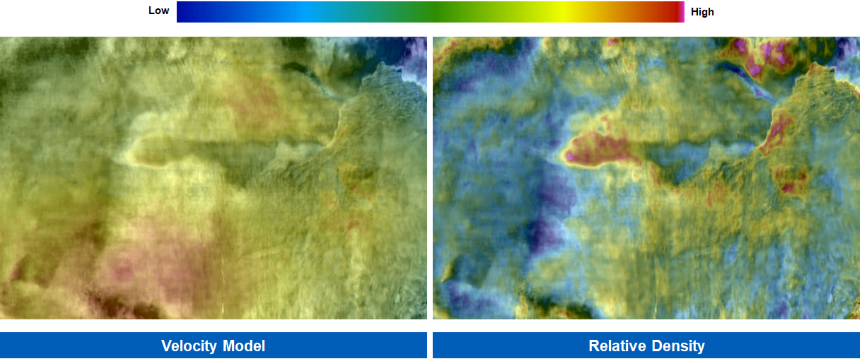Day 2 of IMAGE 22 just concluded with about 6 000 attendees clearly very happy to be socializing again in an atmosphere of cautious optimism for the energy industry. Another welcome facet has been the return of management, another indication that investment will grow in the near term, albeit in a more diversified energy landscape than the traditional oil and gas focus of years gone by.
Also indicative of the ‘new energy landscape’ and the increased focus on near-field exploration and asset recovery, getting access to vast geophysical datasets in a flexible cloud environment has become a key priority for all stakeholders working offshore. It was announced during the week that Schlumberger has become a part of Versal, increasing its coverage to the vast majority of the world’s multi-client seismic data. Versal was created by PGS, TGS, and CGG in 2020 and launched in 2021 to provide a vendor-neutral, single point of access to the largest multi-client data libraries with enhanced efficiency and usability.
Furthermore, over the last two years, PGS has developed and invested in a strategic cloud-based solution architecture that can serve MultiClient subsurface data to clients. This capability, enabling enterprise access, is unique within the industry and will improve exploration workflows for energy companies, and accelerate their strategic decisions. It was also announced recently that PGS and Shell have entered into a multi-year agreement for access to a significant part of PGS’ MultiClient Data Library. Rapid and easy access at scale to the PGS MultiClient library will play an important part in supporting Shell’s near-term exploration strategy. It will drive workflow efficiencies, enabling the Shell exploration teams to spend more time focusing on the data and to make rapid informed decisions in a fast-changing exploration landscape. Expect to hear more PGS developments in this space.
PGS got things off to a flyer at IMAGE 22 with a Lunch and Learn event focused upon the groundbreaking PGS Ultima solution, a simultaneous inversion that is equivalent to performing full waveform inversion (FWI) and least-squares migration (LSM) in a single framework.
Given in partnership with the Oil and Gas Corporation of Newfoundland and Labrador (OilCo), our stunning new Blomidon 3D GeoStreamer MC3D data from the Orphan Basin, Eastern Newfoundland Region, was used to showcase the benefits of inverting both velocity and reflectivity from conditioned field gathers. The unique ‘vector reflectivity’ reconfiguration of the mathematics behind all seismic imaging enables PGS Ultima to also serve as a platform to compute Relative Impedance and Relative Density volumes without any assumptions regarding angle ranges, frequency content, or well control. Everything is easier of course with the AVA-compliant multisensor platform provided by GeoStreamer.

If you’re around IMAGE 22 please drop by the PGS stand. We still have a full day of technical presentations and ample room to discuss your specific interests.